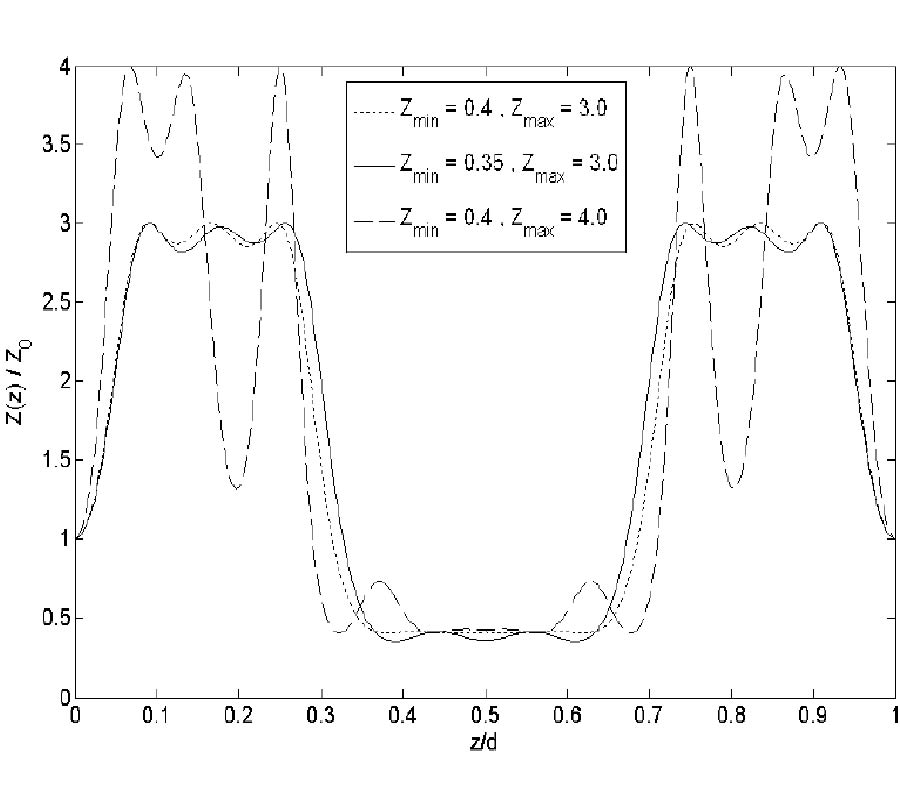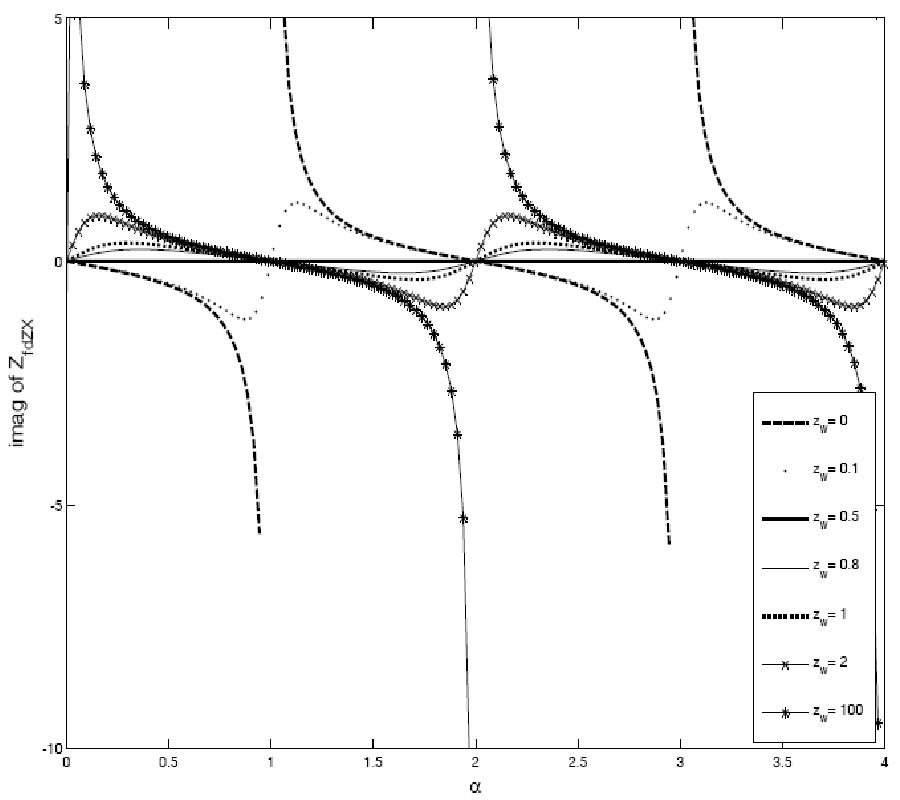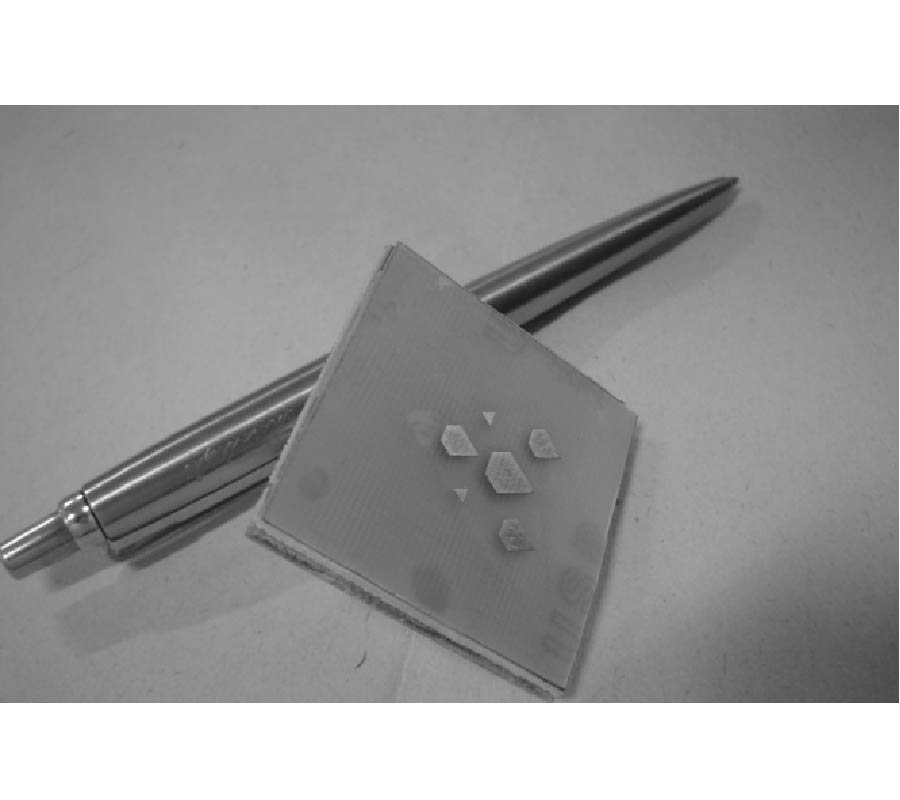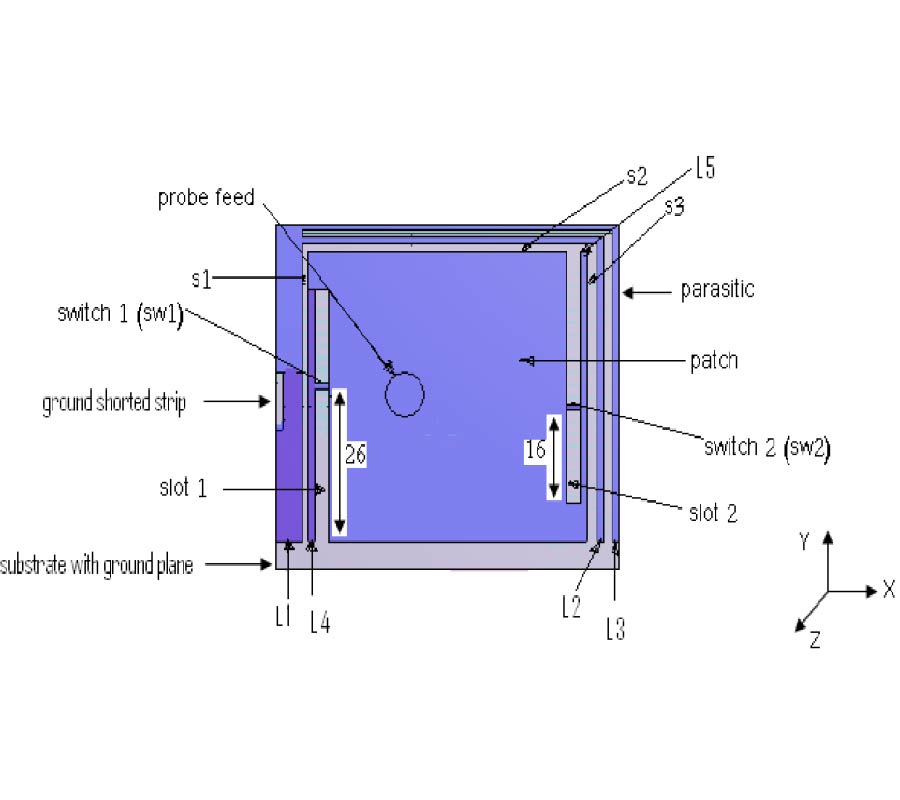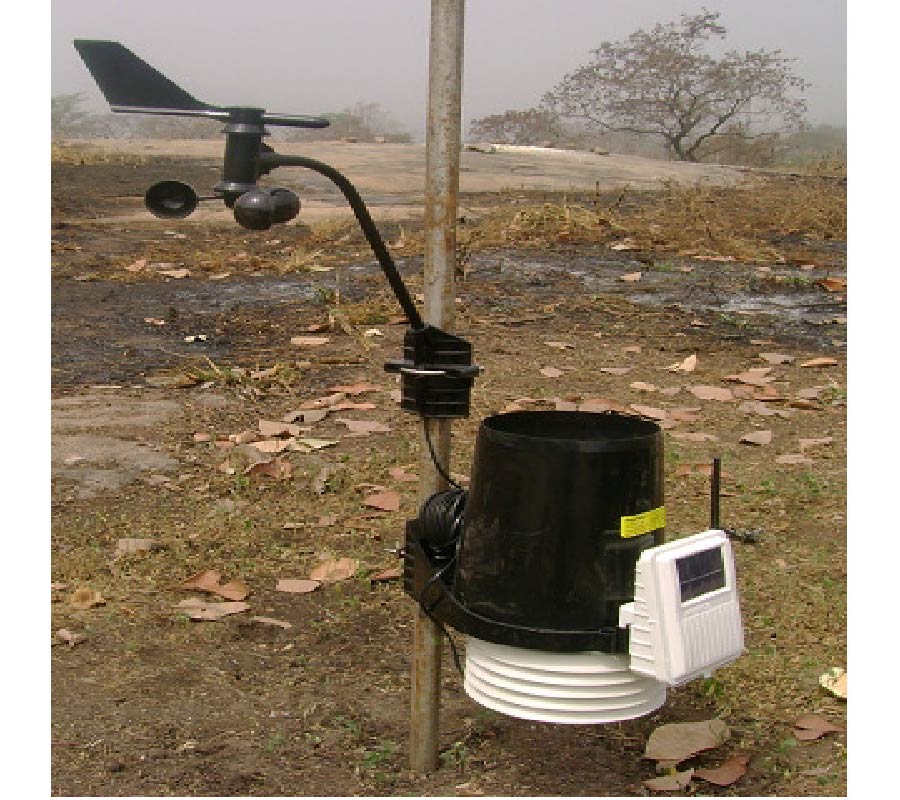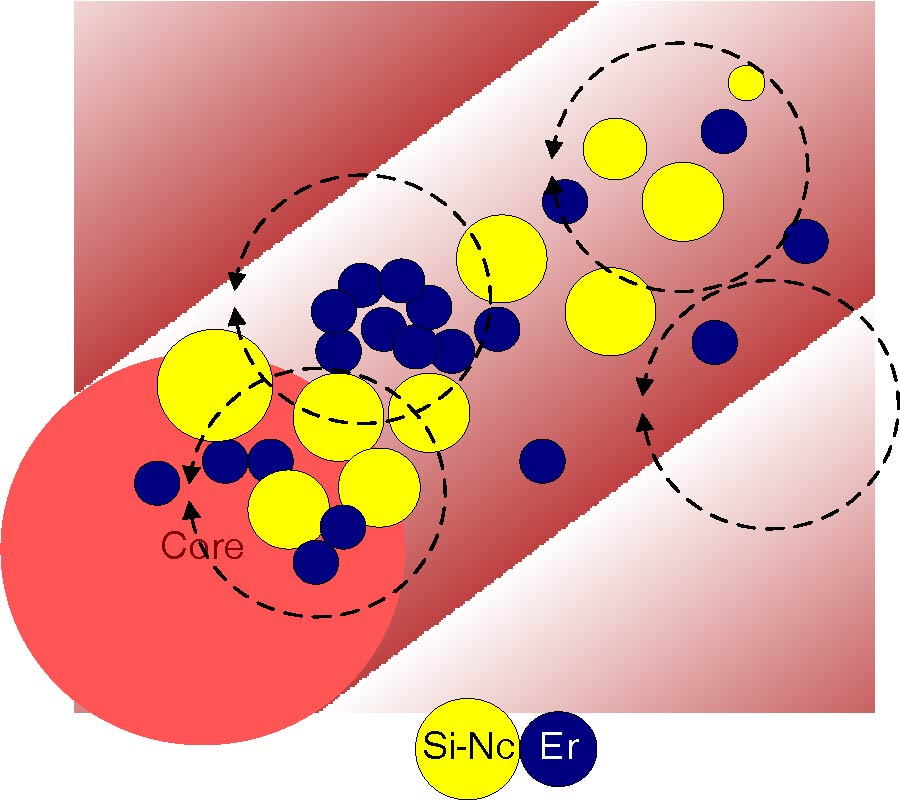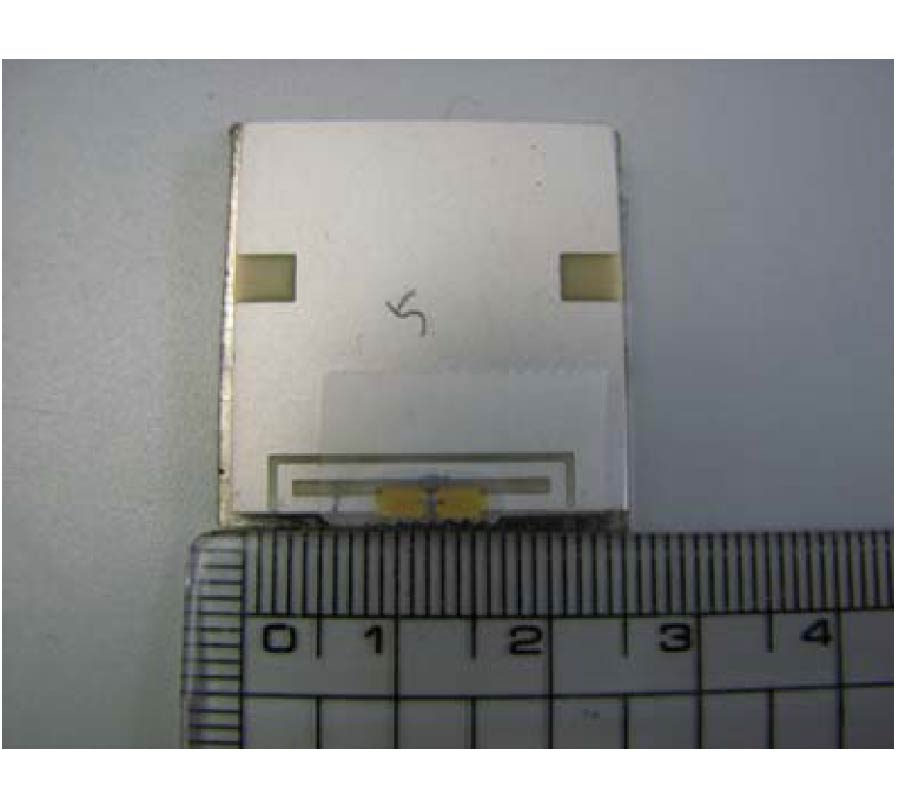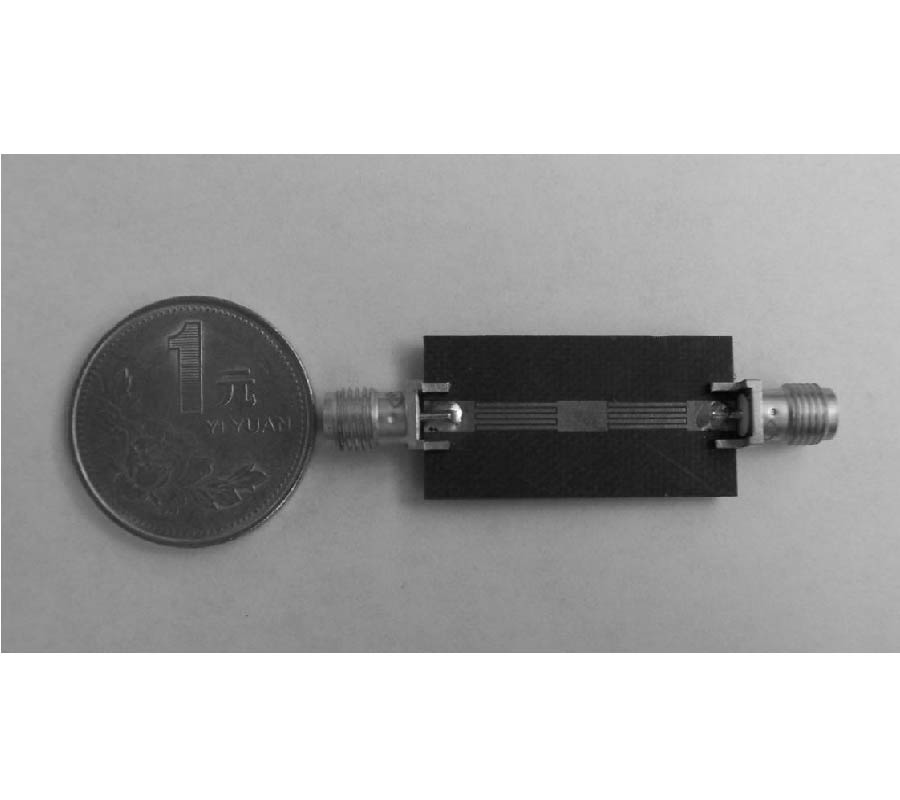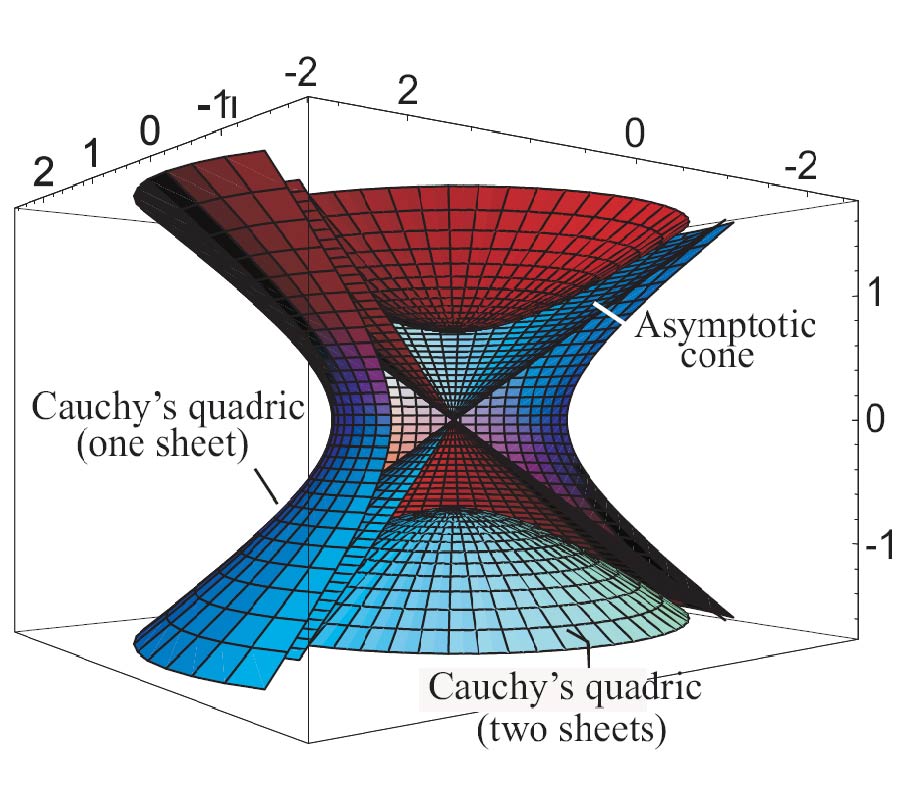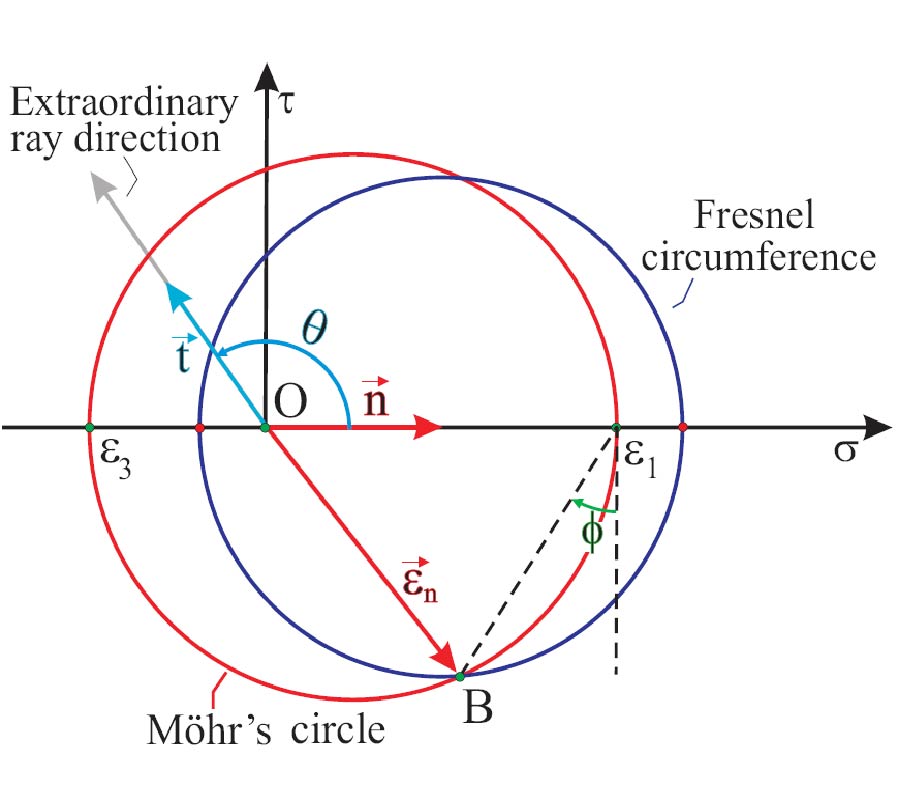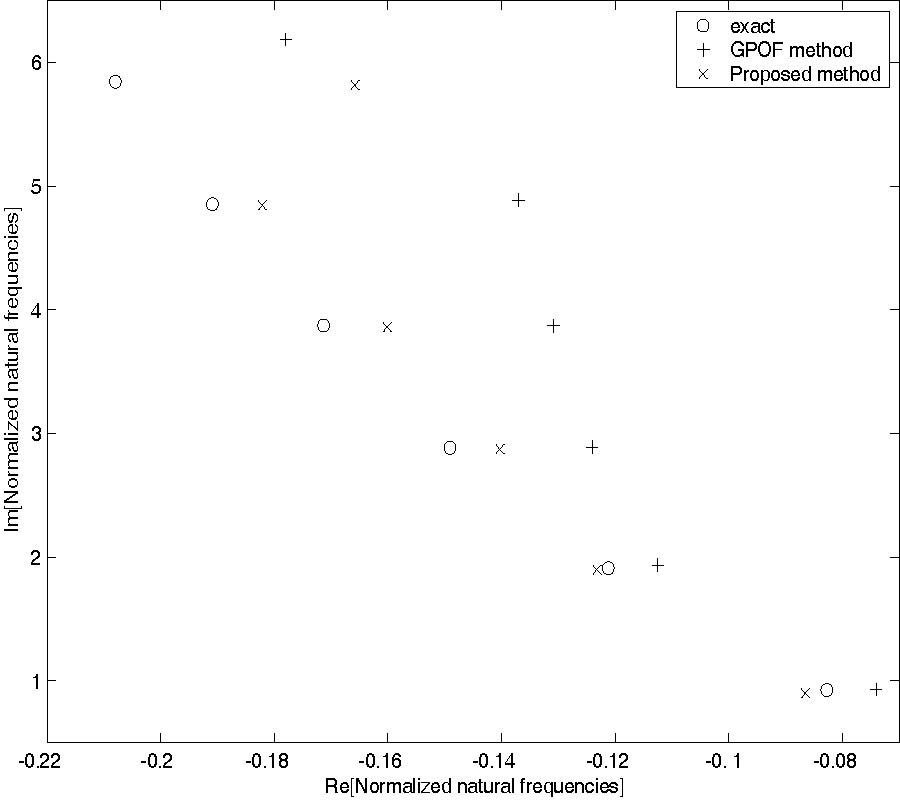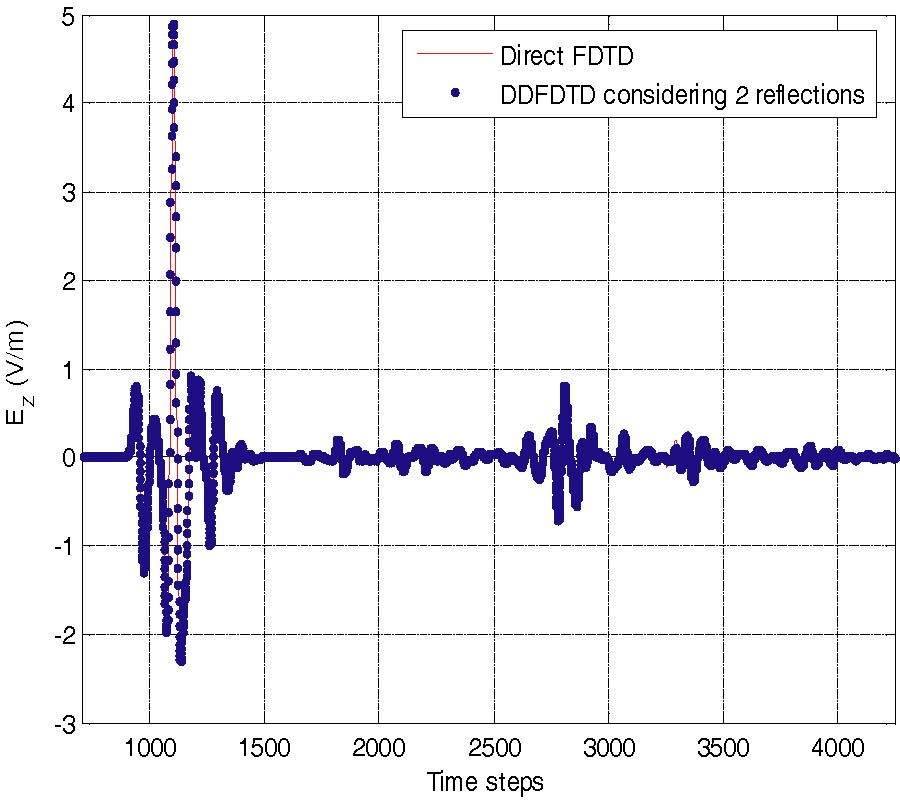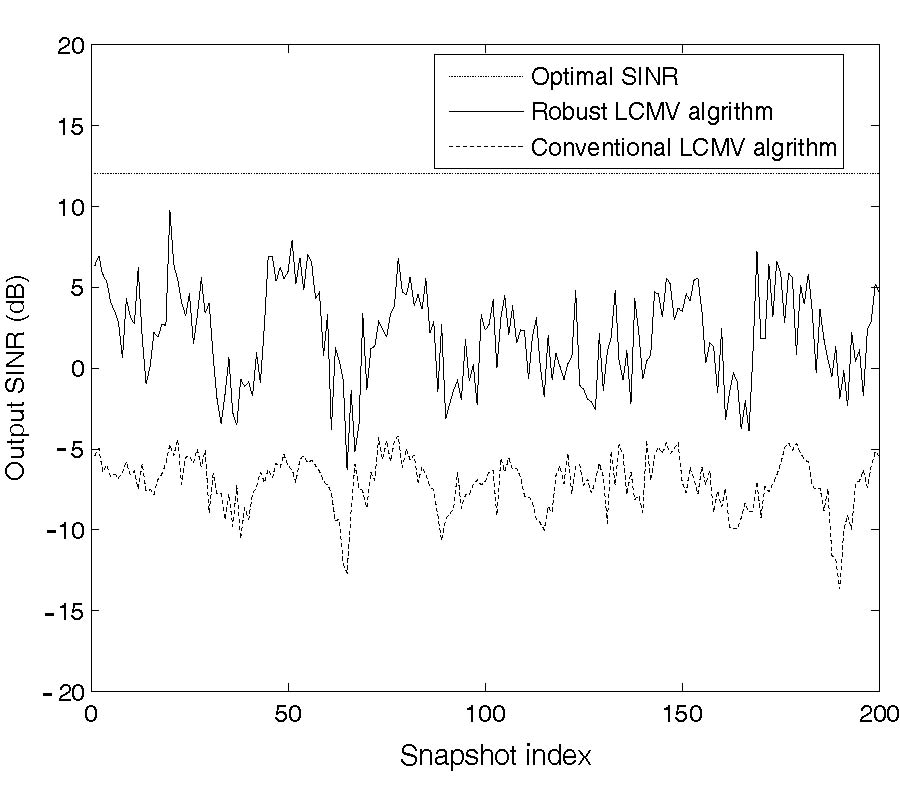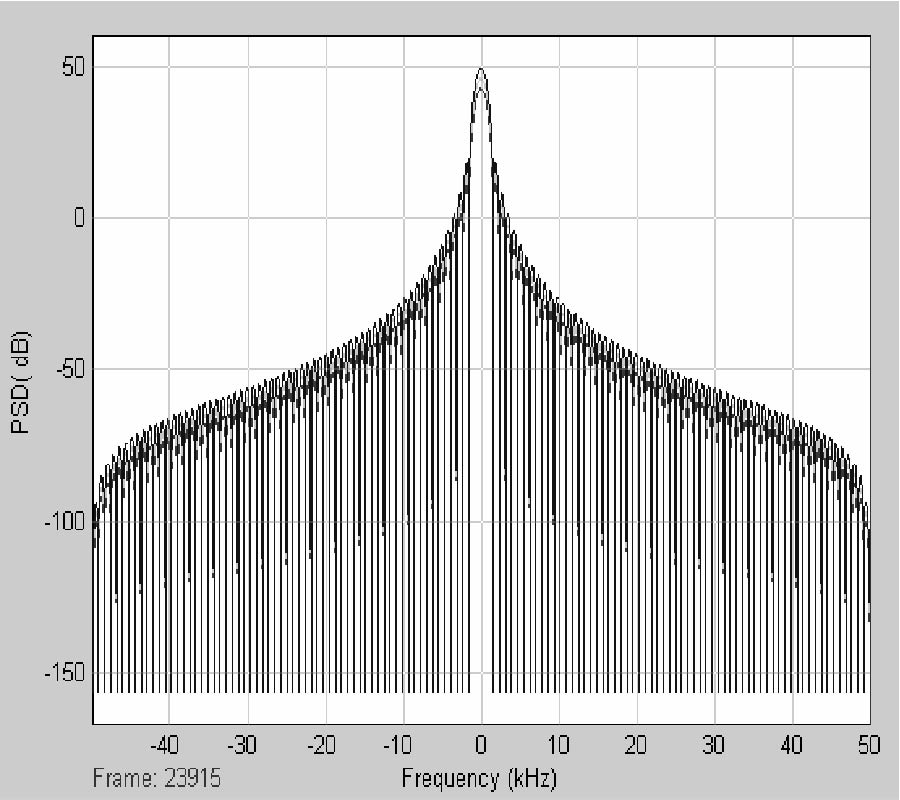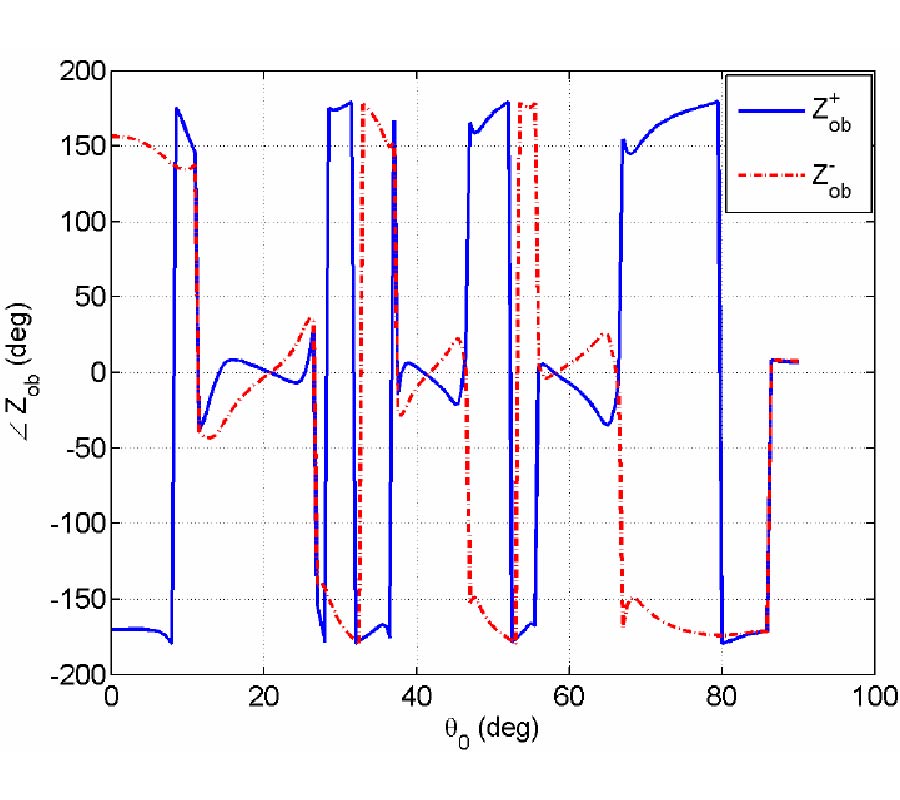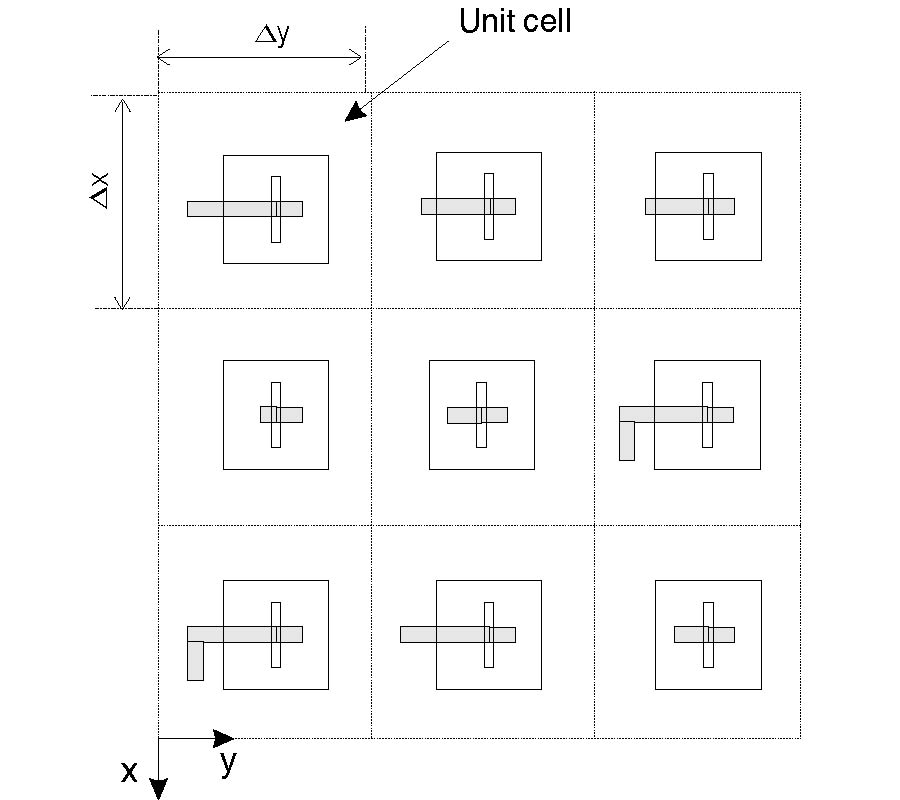Digital Array MIMO Radar and Its Performance Analysis
Nirmalendu Sinha,
Rabindra Nath Bera and
Monojit Mitra
In this paper we formalizes a new discrete time model of digital array based MIMO radar in which the combined effects of the transmit filter, physical MIMO multi-path channel fading, and receive filter. It has the same sampling period as that of the MIMO receiver. Apart from this, SNR value and target detection are different in compared to the continuous domain nature. Orthogonality is introduced using OSTBC (orthogonal space time coding) including interelement spacing at the transmitter is greater than the target beam width coverage. For space and temporal diversity we have considered distributed source model. and modulation schemes respectively. Frequency diversity is achieved using N point IFFT (N = 32, 64, 256, 1024) at the base band. Thus, three dimensional analysis with respect to diversity and selective nature of fading channel in digital array based MIMO radar are now used for performance analysis based on probability of detection, symbol error rate, model error, power spectral density at the receiver and SNR value at the detector.
